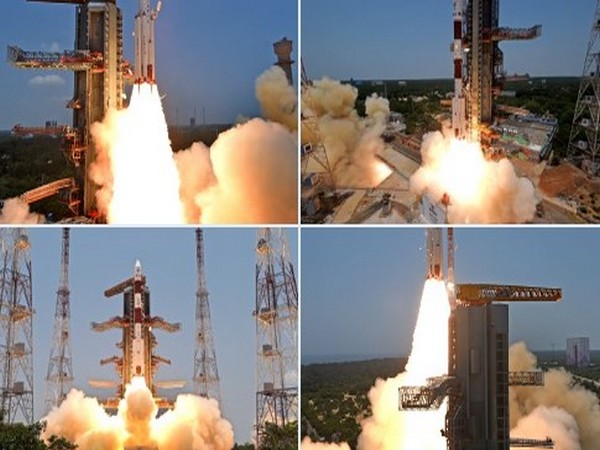
Aditya-L1 Captures First High-Energy X-Ray Glimpse Of Solar Flares
The X-ray spectrometer, HEL1OS, attached to Aditya-L1 spacecraft by ISRO for its maiden solar mission, captured the first high-energy X-ray glimpse of solar flares.
In its update, ISRO on Tuesday noted that the spectrometer on board Aditya-L1 has recorded the impulsive phase of solar flares, during its first observation period from approximately October 29, 2023.
A solar flare is a sudden brightening of the solar atmosphere. Flares produce enhanced emission in all wavelengths across the electromagnetic spectrum – radio, optical, UV, soft X-rays, hard X-rays and gamma-rays.
Commissioned on October 27, 2023, the HEL1OS X-ray spectrometer is currently undergoing fine-tuning of thresholds and calibration operations. It has been monitoring the Sun for hard X-ray activities ever since.
“The instrument is set to monitor the sun’s high-energy X-ray activity with fast timing and high-resolution spectra,” ISRO wrote on its X timeline. HEL1OS data enables researchers to study explosive energy release and electron acceleration during impulsive phases of solar flares.
HEL1OS was developed by the Space Astronomy Group of the UR Rao Satellite Centre of ISRO in Bengaluru.
In early October, the Aditya-L1 spacecraft which is carrying out India’s first solar mission performed a trajectory correction manoeuvre (TCM), for about 16 seconds.
ISRO had then noted that the manoeuvre was needed to correct the trajectory evaluated after tracking the Trans-Lagrangean Point 1 Insertion (TL1I) manoeuvre performed on September 19.
So far in its journey, the spacecraft has undergone a few earth-bound manoeuvres and a Trans-Lagrangean Point 1 Insertion (TL1I) manoeuvres, all successfully. In the process, the spacecraft successfully escaped the sphere of Earth’s influence.
Aditya-L1 has also commenced collecting scientific data. The sensors of the STEPS (Supra Thermal and Energetic Particle Spectrometer) instrument have begun measuring supra-thermal and energetic ions and electrons at distances greater than 50,000 km from Earth.
This data would help scientists analyze the behaviour of particles surrounding Earth. The figure below displays variations in the energetic particle environment, collected by one of the units.
After the successful soft landing of Chandrayaan-3 near the South pole of the moon, the ISRO launched the country’s maiden solar mission — Aditya-L1 from the Satish Dhawan Space Centre in Sriharikota on September 2.
It carried seven different payloads to have a detailed study of the sun, four of which will observe the light from the sun and the other three will measure in-situ parameters of the plasma and magnetic fields.
Aditya-L1 will be placed in a halo orbit around Lagrangian Point 1 (or L1), which is 1.5 million km away from the Earth in the direction of the sun. It is expected to cover the distance in four months’ time.Aditya-L1 will stay approximately 1.5 million km away from Earth, directed towards the Sun, which is about 1 per cent of the Earth-Sun distance. The Sun is a giant sphere of gas and Aditya-L1 would study the outer atmosphere of the Sun.
ISRO had said Aditya-L1 will neither land on the sun nor approach the sun any closer.
This strategic location will enable Aditya-L1 to continuously observe the sun without being hindered by eclipses or occultation, allowing scientists to study solar activities and their impact on space weather in real-time. Also, the spacecraft’s data will help identify the sequence of processes that lead to solar eruptive events and contribute to a deeper understanding of space weather drivers. (ANI)
For more details visit us: https://lokmarg.com/



